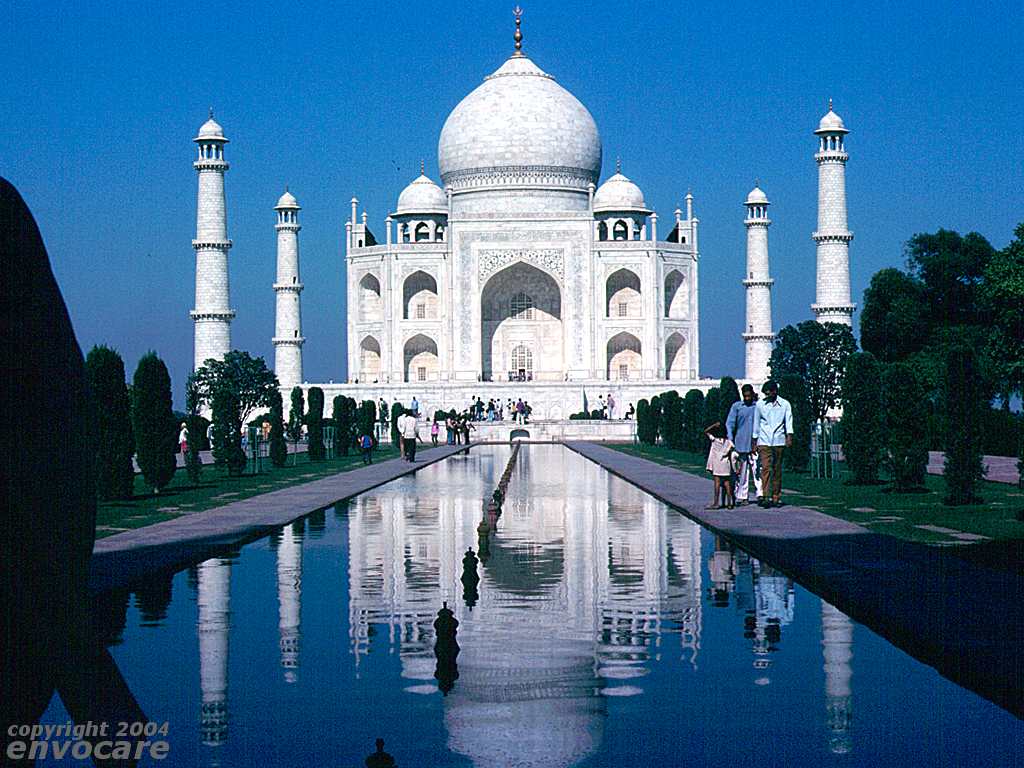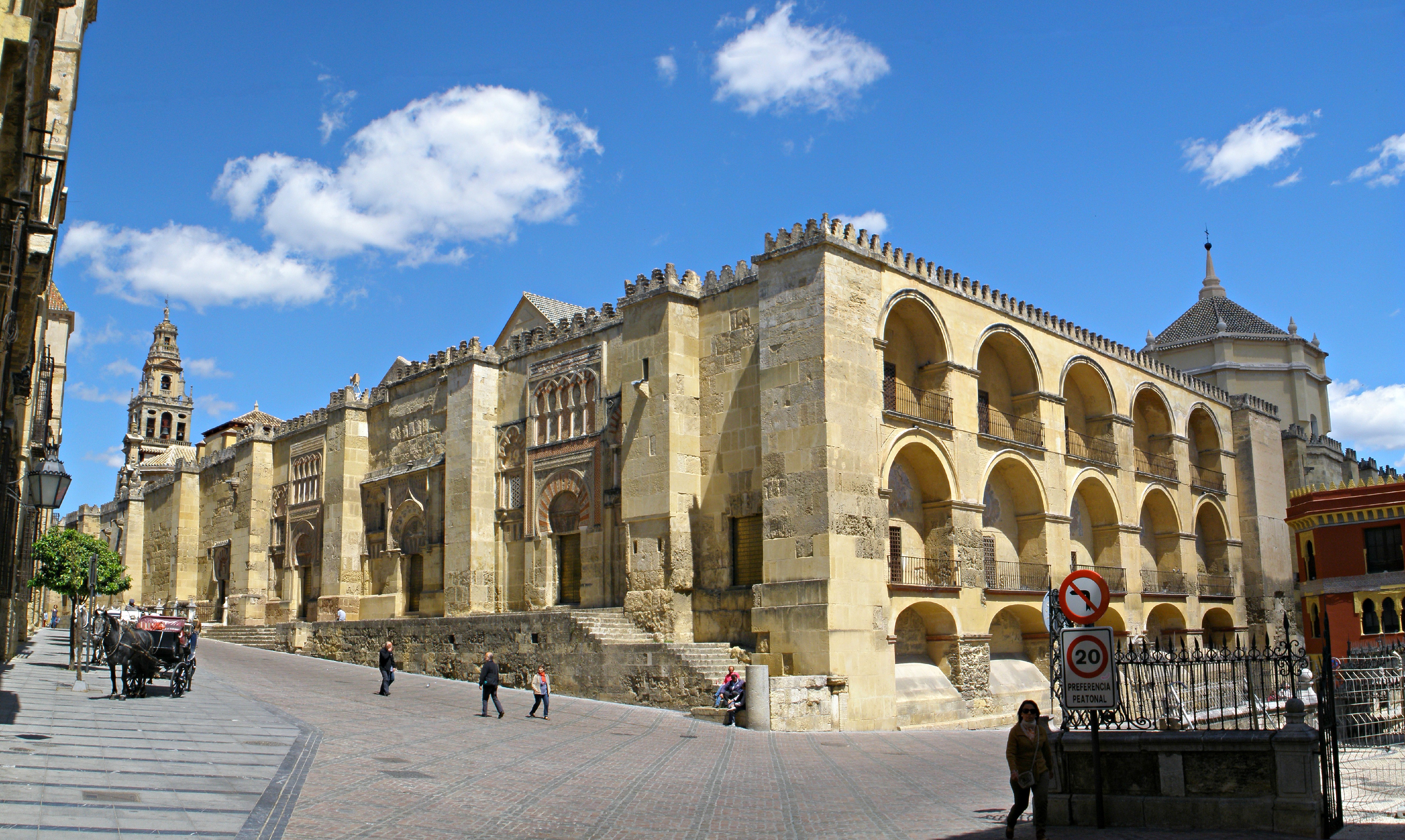
One of the greatest Mosques in my opinion was the Mosque of Sultan Ahmed, also known as the "Blue Mosque". This building consisted of one main dome, six minarets, and eight secondary domes. The patterns in the architecture were very geometric rather than being realistic. This mosque is located in Istanbul, Turkey. There were over 20,000 hand made tiles and over 50 different tulip designs with 200 stained glass windows. The walls looked like carpets.

Another incredible mosque during this era was the Taj Mahal. The building consisted of a white domes marble mausoleum and was seen as an earthy replica of the house of Mumtaz in paradise. This architectural site is said to display Mughal architecture the best. The minarets are each more than 40 meters tall to show the designers penchant for symmetry.
.jpg)

A final incredible Mosque was the Great Mosque of Cordoba. It was prayer hall and used the Hypostyle architectural design in its layout.

A great current application I found to display Islamic design would have to be this restaurant. It really shows off the ogivail arches in the ceiling design.

Anoher current application I found was of this interior of a high end residential home. It displays the use of the horseshoe domes in the bookcase, and also incorporated the geometric patterned tiles within the borden lining the ceiling.
Below is a link to watch a video clip on the art of Islamic Pattern in Istanbul:
https://www.youtube.com/watch?v=2ZheZfhpf9g
No comments:
Post a Comment